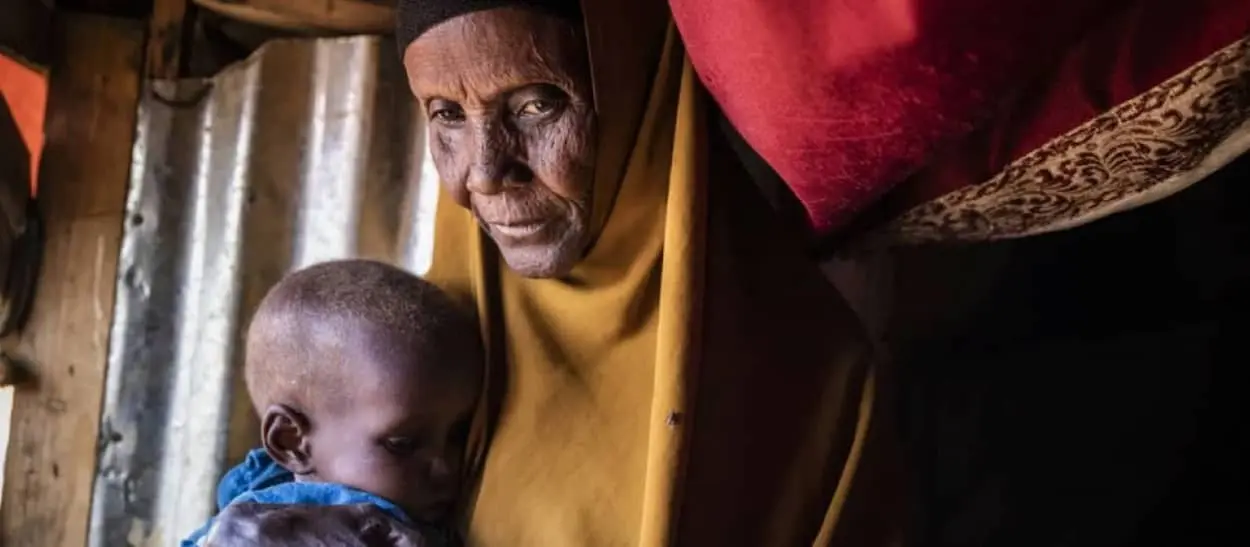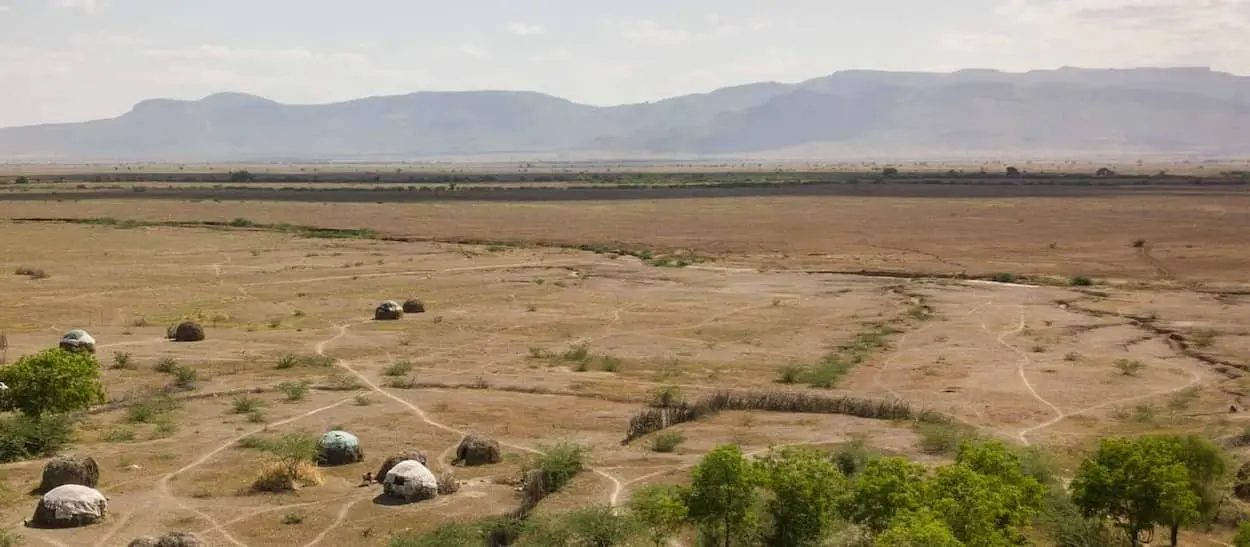
Concern Worldwide Escalates Response to Horn of Africa Drought As Conditions Deteriorate
Concern Worldwide is scaling up its response to provide increased support to millions of people in the Horn of Africa (Ethiopia, Somalia and Kenya) who are facing severe hunger as a result of the worst drought in 40 years.
Additional funding has enabled the international humanitarian organization, Concern Worldwide, to accelerate its response by providing emergency food baskets, cash transfers, water and sanitation, as conditions across the region continue to deteriorate.
Since April Concern has scaled up its operations to reach 2.5 million people in the Horn of Africa, as well as Sudan and South Sudan, with a range of assistance including support for over 100,000 children through nutrition interventions.
“I was here in Kenya in 2011 — during that drought at least 260,000 people died in the Horn of Africa — and what I am seeing now is far worse,” Concern’s Regional Director for the Horn of Africa, Amina Abdulla said. “We are dealing with double the caseloads we had back then and the numbers keep increasing by the day with thousands of people moving from their homes in search of food, water and healthcare.”
7.7 million people are now in need of humanitarian assistance in Somalia and 800,000 people are displaced due to drought. For the first time since 2017, there are areas where 213,000 people are facing famine-like conditions. Children are dying at malnutrition centers and the numbers attending Concern clinics are climbing week by week.
Currently half of all the children (approximately 3.6 million) in Somalia are malnourished. The price of fuel, water and food items continue to increase, leading to food insecurity, reduced purchase power and fewer meals, all of which are contributing to acute malnutrition.
In some regions the most basic food basket has soared in price by over 160%. While food inflation over the last year has globally increased on average by 9%, in Somalia that figure is at 15%.
In Ethiopia 7.2 million people need food assistance and more than half of them also need access to drinking water. Nearly 2.1 million livestock have died, while at least 22 million livestock are at risk and are very weak and emaciated with no or little milk production, the main source of nutrition for children.
In pastoral areas in Kenya, over 90% of open water sources have dried up, and those remaining are expected to last just one to two months. Already 1.5 million livestock are dead.
Malnutrition is rising at an alarming rate in Kenya, with almost a million children under five years of age in need of urgent treatment. Of these 229,000 are severely acutely malnourished children who face an immediate threat to their life without immediate assistance.
“If we don’t step up our efforts to prevent further deterioration of the situation, we risk losing many more children. The 300,000 children across the region who are currently at risk of dying from malnutrition must not become a statistic,” Ms. Abdulla warned.
“We need resources to meet the needs of the affected communities. We thank our international partners that have stepped up and provided resources for the response however the response still remains drastically underfunded, and more support is needed.”
Normally dependency on imported grain, mainly from Ukraine and Russia, increases in the region in the second half of the year during the lean season prior to harvest. Given the lack of rain, the reliance is even greater this year, but rising prices and lack of availability will see many people unable to afford or have access to grain.
This will be exacerbated even further if the dire predictions of failed rains during the October - December season come to pass, leading to a truly unprecedented situation, unseen in recent history.
“Right now, due to resource limitations, we are having to prioritize people facing emergency and catastrophic levels of hunger. By doing so, we risk people facing less severe but still serious levels of hunger being neglected and falling into famine-like conditions,” said Ms. Abdulla. “To prevent this, we need more funding to enable humanitarian organizations to respond to all in need.”
Connect With Us
If you would like to speak to a member of our team about any aspect of our work, please get in touch with us using the details below.
- Contact Candance

Candance Patel-Taylor
Vice President of Communications


